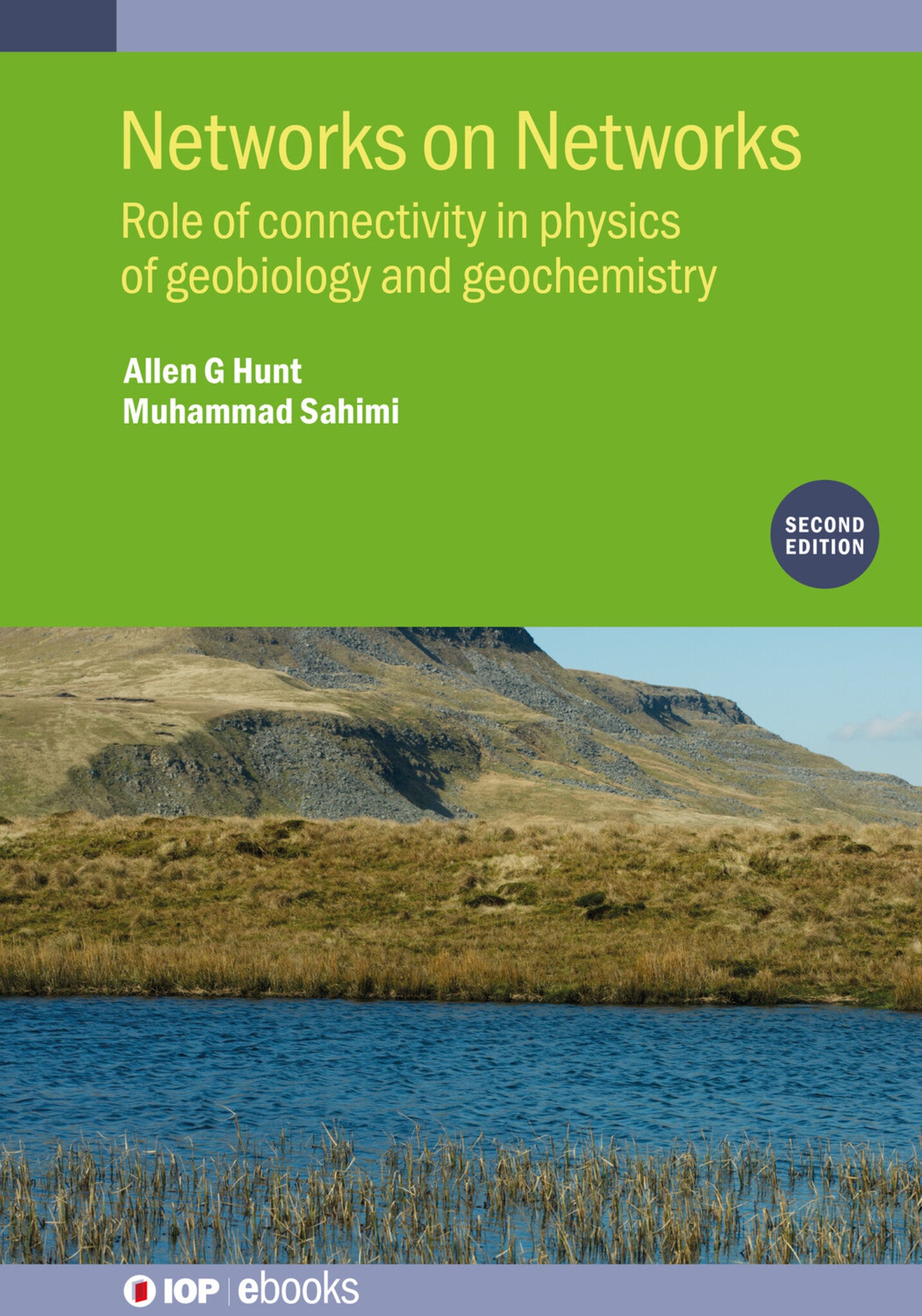We're sorry. An error has occurred
Please cancel or retry.
Networks on Networks (Second Edition)

Some error occured while loading the Quick View. Please close the Quick View and try reloading the page.
Couldn't load pickup availability
- Format:
-
23 December 2024

‘Networks on Networks’ demonstrates the relevance of the network properties of the pore-space in the soil to the organization of understanding of plant growth, soil formation, river network development, and the water cycle, with the ability to directly relate time scales from seconds to the cycle of supercontinent break-up and assembly (Wilson Cycle). In the process, implications regarding the viability of the strong vs. the weak (Earth only acts like a living organism) Gaia hypotheses are addressed. All of this makes ‘Networks on Networks’ of great interest to those in the climate change community.
Key Features:
- Presents research into the physical rules that can underlie the behaviour of biota, as well as the geochemistry of soil development.
- Demonstrates the relevance of the network properties of the pore-space in the soil to the organization of understanding of plant growth, soil formation, river network development, and the water cycle.
- Addresses both nutrient and water transport limitations of processes from chemical weathering to vascular plant growth.
- Addresses the question of the extent to which soils can facilitate plant growth, and what limitations on plant sizes, metabolism, occurrence, and correlations can be formulated thereby.

SCIENCE / Physics / Geophysics, Geophysics, SCIENCE / Earth Sciences / Geology, SCIENCE / Earth Sciences / Sedimentology & Stratigraphy, Geochemistry, Sedimentology and pedology

Preface
Acknowledgements
Author biographies
1 Introduction
2 Networks in ecological systems
3 Percolation theory, effective-medium approximation, and upscaling
4 Predicting morphological, flow, and transport properties of porous media
5 Solute transport and reaction rate in heterogeneous porous media
6 Water transport and storage
7 Water transport in plants
8 Allometric scaling and metabolism
9 Edaphic constraints: role of soil in vegetation growth
10 Geomorphological applications of percolation theory: river networks, and weathering and soil depths
11 Ecohydrological applications: watershed hydrology and water balance
12 Hazards to plants and vegetation: disease propagation, deforestration, and forest fires
13 Edaphic constraints: revisiting the gaia hypothesis



